Mine clearance to assist development
Humanity and Inclusion’s teams are clearing land in north-eastern Laos contaminated mainly by cluster munitions.

HI mine clearance operation in Laos | © HI
HI implements mine clearance operations in the Houamouang district of Houaphan province in north-eastern Laos. Submunitions - small bombs carried in a hollow shell that breaks open in mid-air, saturating the area below - pose the greatest threat to local lives. Thousands of these bombs were dropped over Houamouang. Thirty percent did not explode on impact and remain dangerous to this day.
Ground survey
Before they launch a mine clearance operation, HI’s team surveys the potentially hazardous area. To assess the level of danger and type of explosive devices, they look for signs of contamination such as craters, topographical abnormalities or unusual vegetation, and identify other evidence of bombing, including accidents.
Memories: a valuable local resource
Local people can be a valuable source of information. They may recall army movements or past accidents. They also know the land - often agricultural - no one dares farm.
By clearing mines, HI helps restore economic and social activity, and prioritises land for farming or infrastructure projects to assist village development.
"In many cases, contamination by explosive remnants - submunitions in Laos - is a brake on regional development. Contamination isolates whole areas. Farmland lies fallow and schools go unbuilt.
Mine clearance assists development.”
Julien Kempeneers, HI Mine Action Coordinator in Laos.
Challenging working conditions
Remote and isolated, contaminated land is difficult for HI’s 32 mine clearance experts to reach. They often need to drive or hike through vegetation for hours. In Houaphan, the weather is cold and landslides common. As well as snakes and insects, some regions are affected by epidemics of malaria or dengue fever.
Since the start of operations, HI has cleared 110,000 square metres of land, the equivalent of 17 football fields, and destroyed 815 devices, including 327 bombs.





